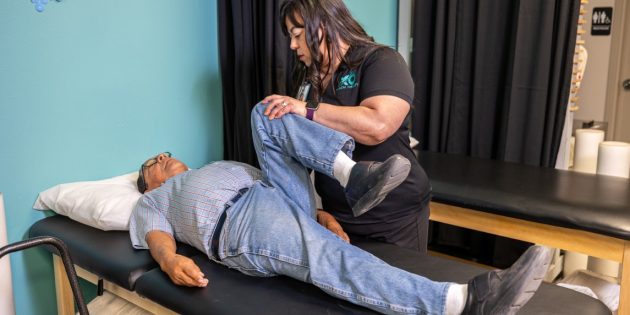Recovery Techniques For Athletes
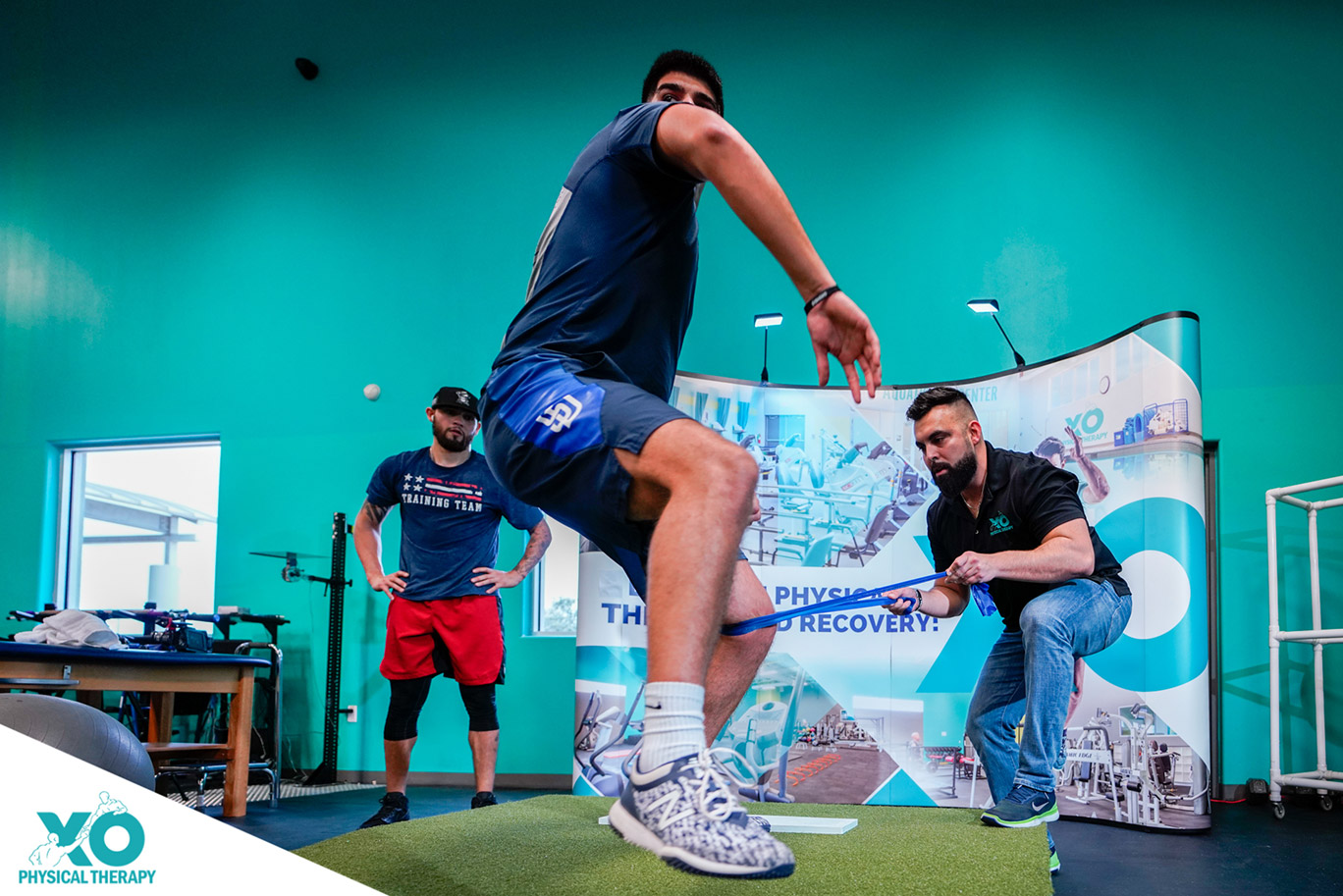
5 Recovery Techniques For High-Performance Athletes
High-performance athletes rely on recovery to get them back to peak physical health after a workout or competition. Recovery refers to the technique (Or set of techniques) that athletes adopt to help restore their physical strength and ability after performing. While not every recovery technique is equally effective, there are 5 strategies that have the potential to quickly improve athletes’ health and strength, when implemented correctly.
1. Massage
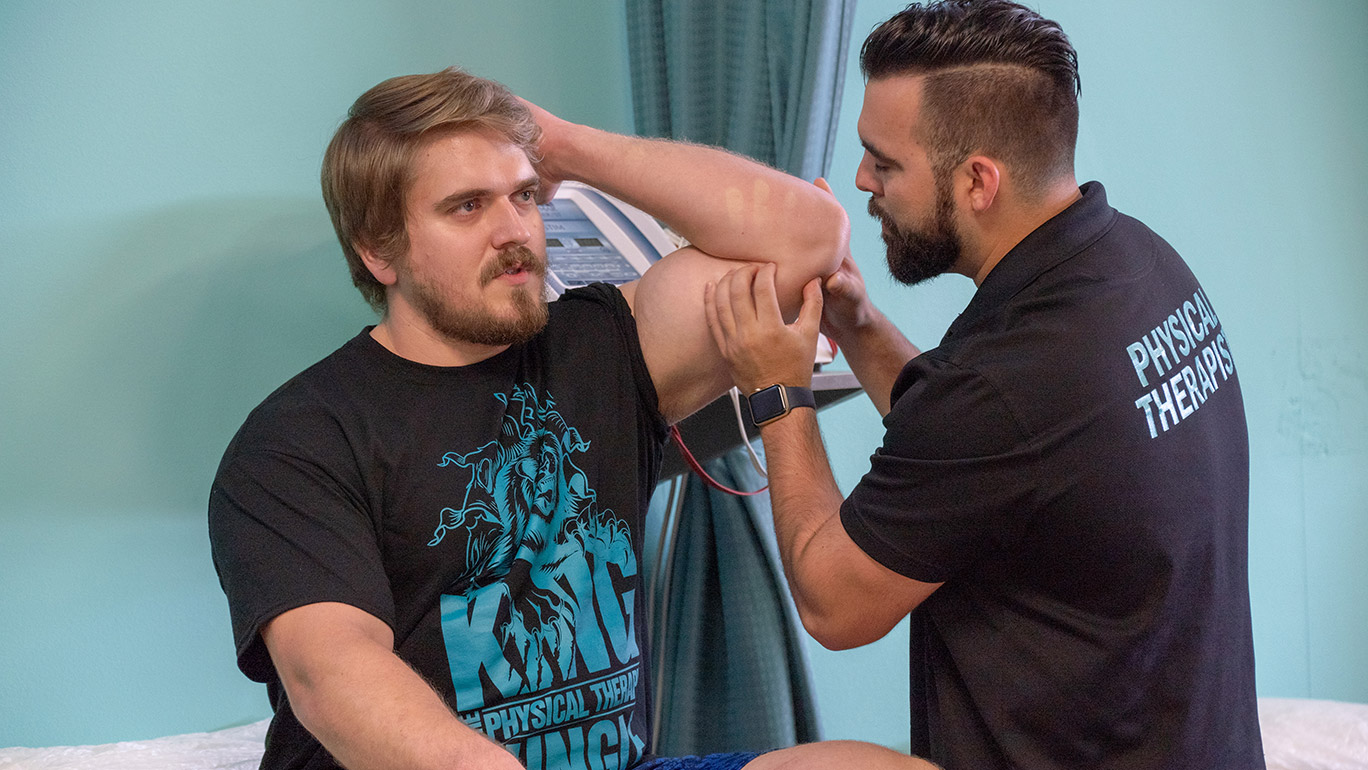
Sports massage refers to a number of massage techniques that can be used together to achieve the following benefits for an athlete after performance:
- Relieve muscle stiffness
- Prevent delayed onset muscle stiffness
- Improve muscle and ligament healing
- Reduce swelling
- Improve range of motion in the joints
In addition, massage can have a positive psychological effect upon athletes, helping them to put aside post-performance anxiety and experience a sense of calm.
Massage by itself does not appear to significantly improve athletic performance, but neither does it detract from it, while massage’s other benefits can put athletes in a better physical and psychological position to succeed at their subsequent athletic endeavors.
2. Hydrotherapy
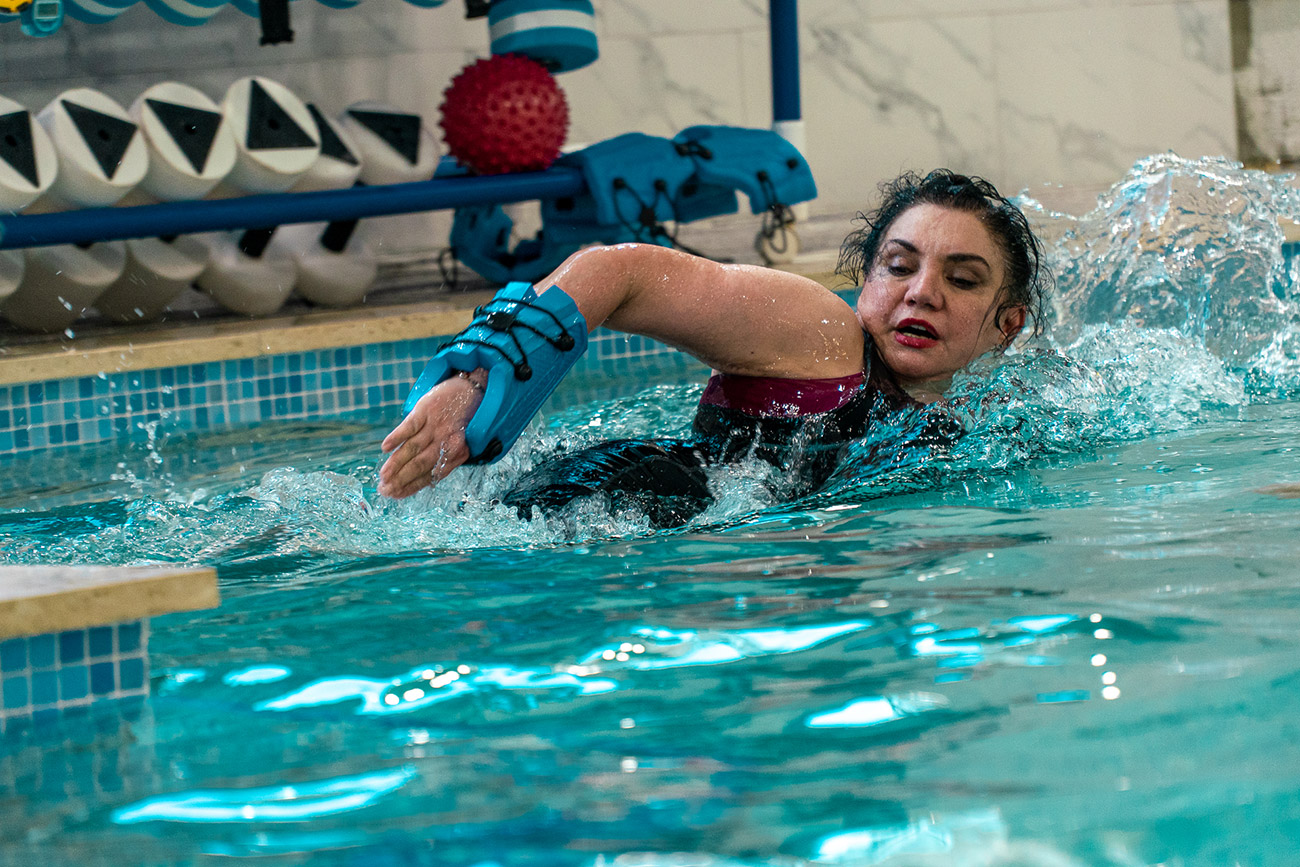
Hydrotherapy refers to the practice of immersing the athlete in water after performance as a way of encouraging healing and restoration in their muscles. Hydrotherapy can take three primary forms:
- Cold water immersion (CWI)
- Hot water immersion (HWI)
- Contrast water therapy (CWT) in which hot and cold water are alternated
Hydrotherapy can be an effective recovery technique for high-performance athletes, particularly when CWI and CWT were used. Some studies have shown improved performance after these forms of hydrotherapy, indicating improved recovery for each athlete.
3. Active Recovery
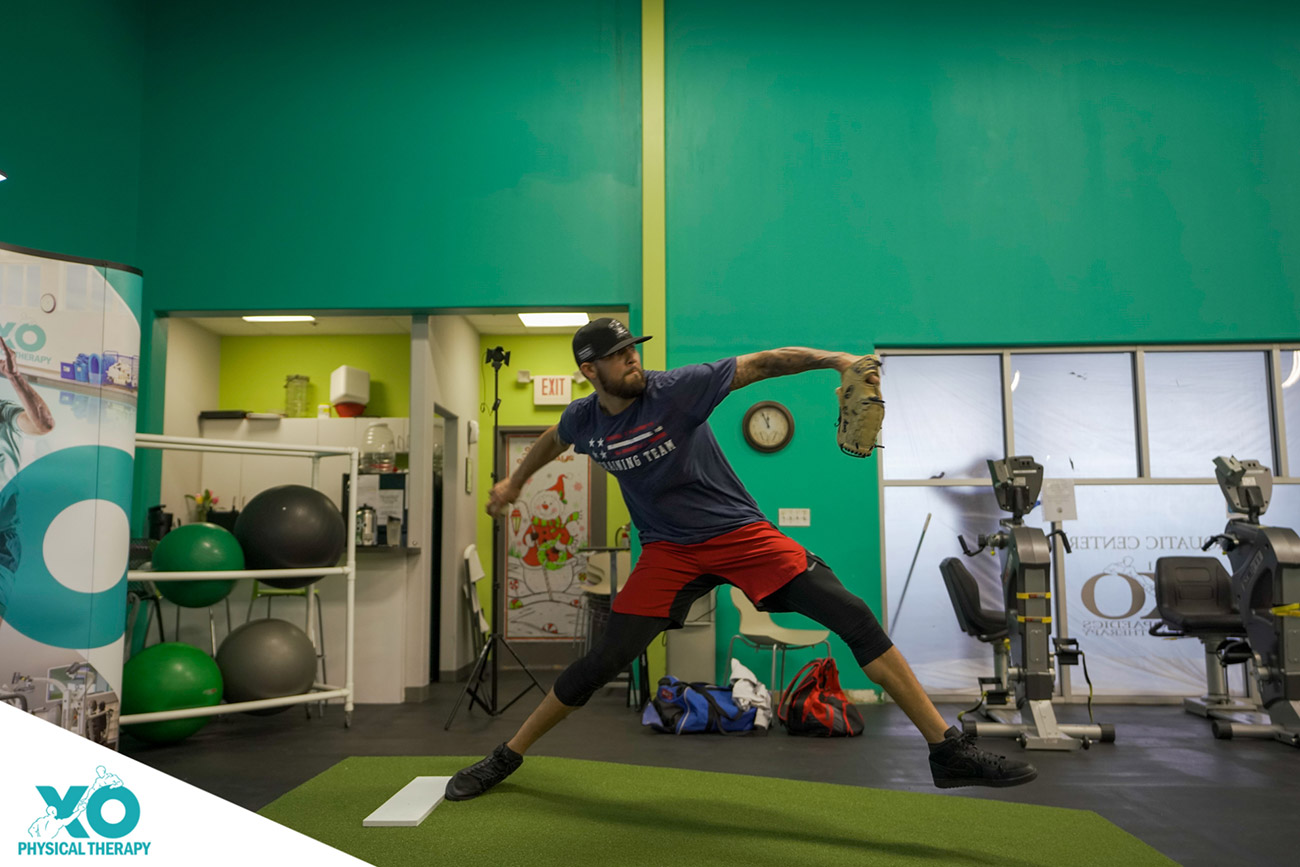
While it may seem counterintuitive, active exercise after athletic performance can contribute significantly to an athlete’s recovery.
Active recovery refers to the use of aerobic exercise such as cycling, swimming, or jogging to encourage the reduction of lactate and the increase of blood flow through affected muscles. This is the most popular form of recovery among high-performance athletes.
Studies on active recovery show that this approach significantly reduces the levels of lactate in the muscles of the body. In addition, a few, though not the majority, of studies show improved athletic performance after active recovery.
4. Compression
Compression recovery refers to the use of compression garments that apply pressure on the limbs. Compression is thought to prevent swelling, regulate blood flow, and stabilize the muscles in the body.
Studies have shown that compression clothing can provide a number of benefits to performance athletes, including the following:
- Reduce delayed onset muscle soreness (DOMS)
- Improved athletic performance
- Improved perception of comfort
5. Stretching
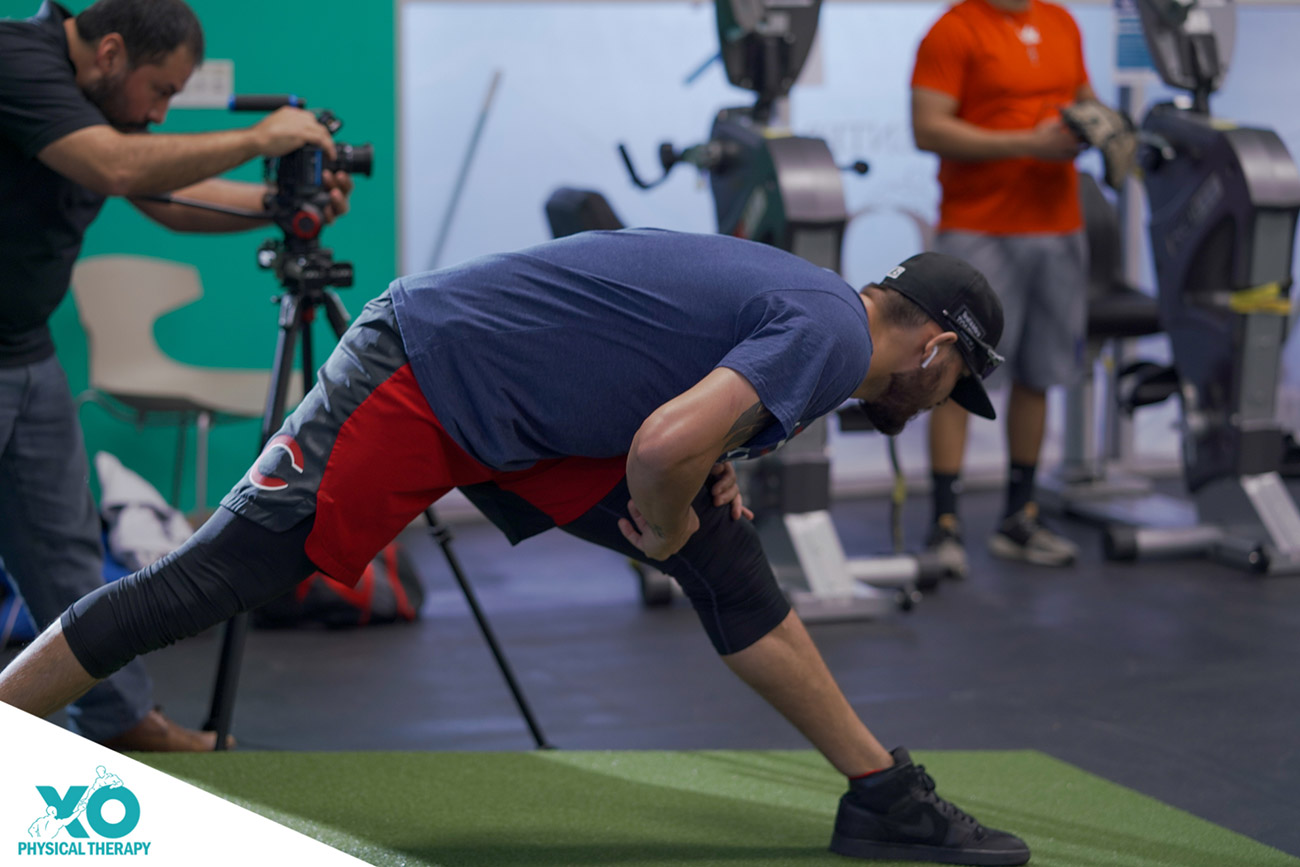
Stretching is another common recovery technique for high-performance athletes. Typically, recovery stretching involves lengthening select muscles for short periods of time after an athletic performance, often for around 10 minutes.
While more popular than cold water immersion for recovery, stretching does not appear to have as much of an effect on an athlete’s feeling that they have recovered or on their actual performance. However, there have been no negative effects reported from stretching, making it a relatively safe recovery technique for athletes who prefer it.
When it comes to choosing a recovery regimen, athletes often have to try different approaches to identify the one that delivers the best healing and performance for their individual body. Sometimes, a combination of recovery techniques delivers the best results for athletes, so trial and error is often necessary.
Here at XO Physical Therapy, it is our privilege, and our goal, to assist athletes in their recoveries, both from injury and from the normal strain that comes from high-performance activities. Our skilled therapists can help you come up with exercise regimens, recovery protocols, and more to achieve and maintain the high-performance life you crave.


